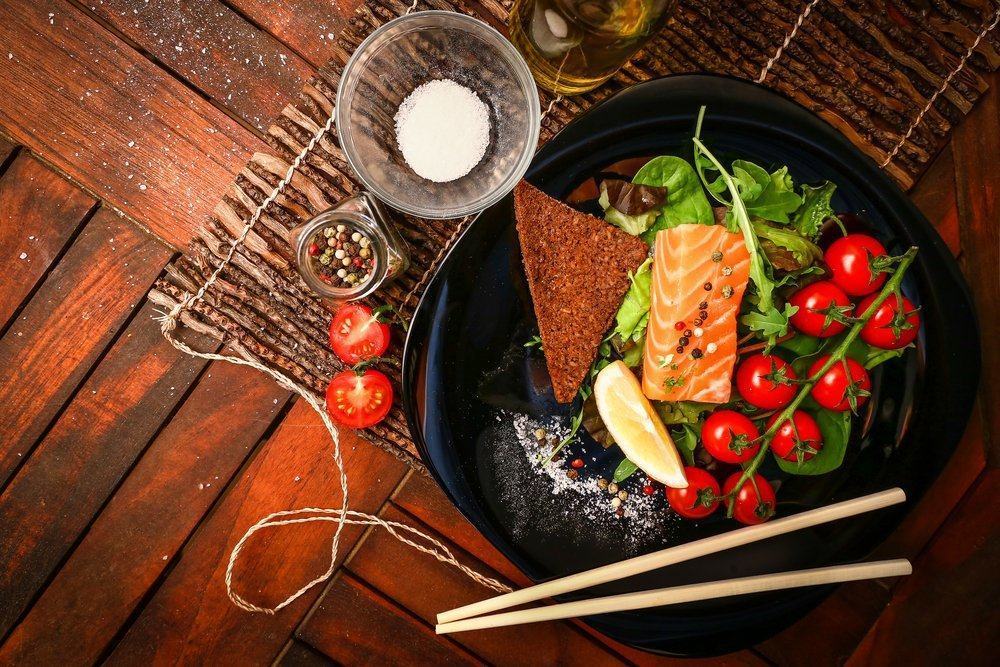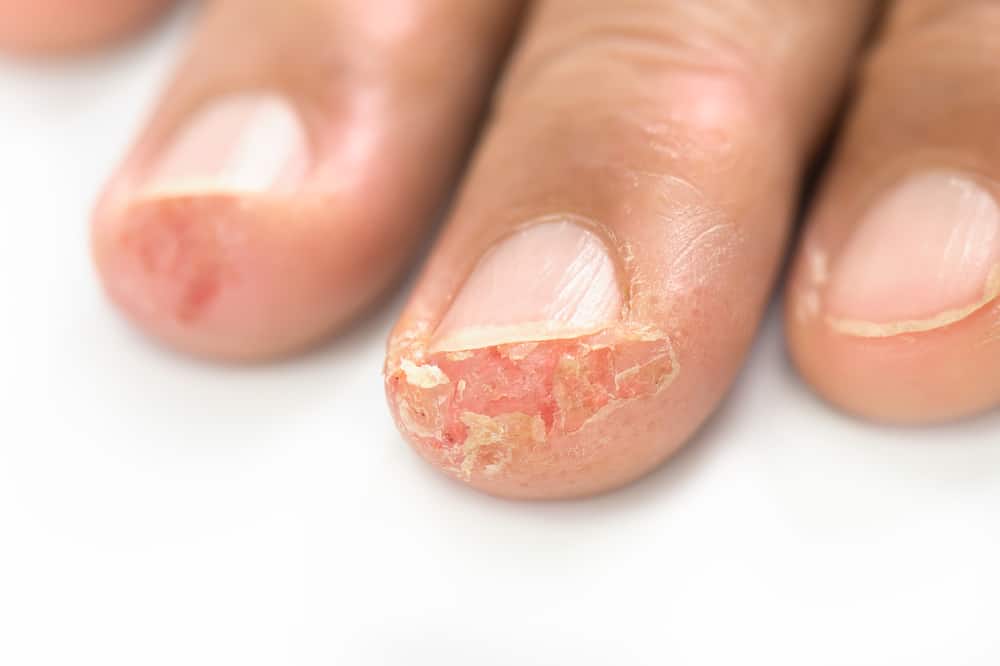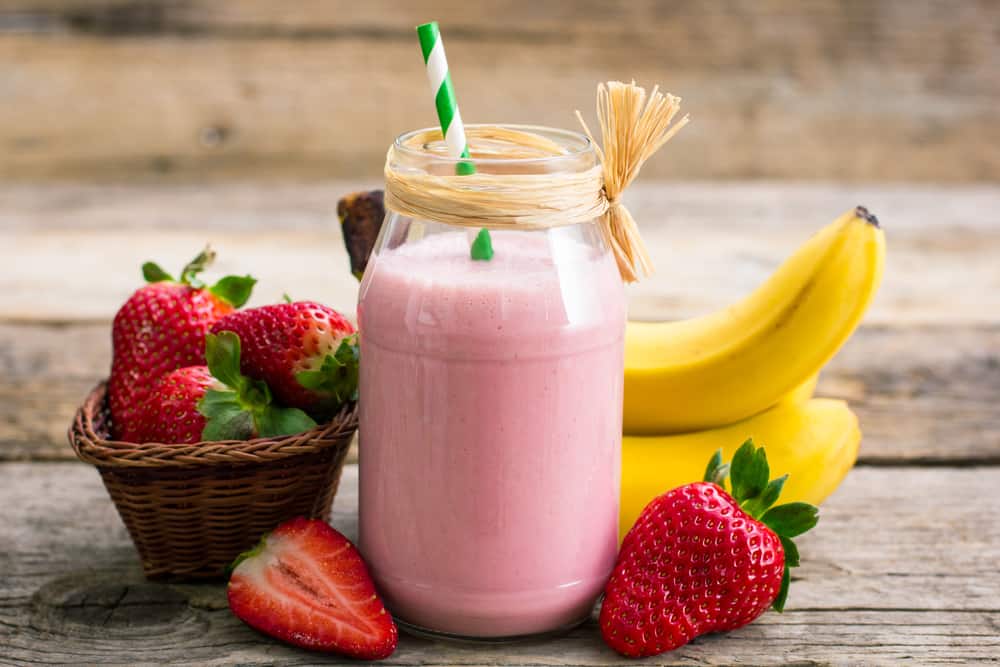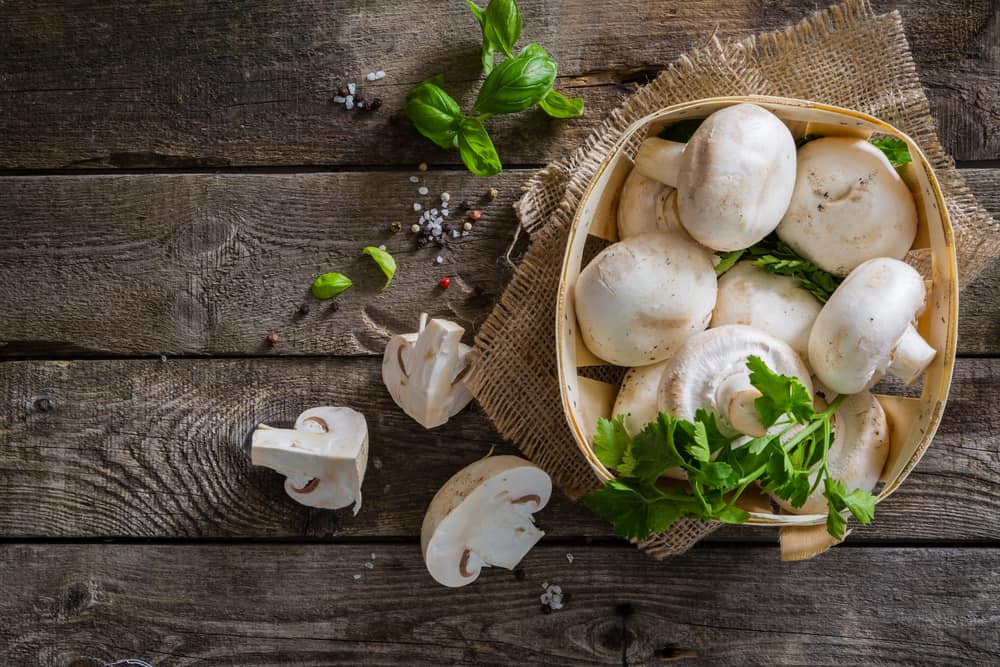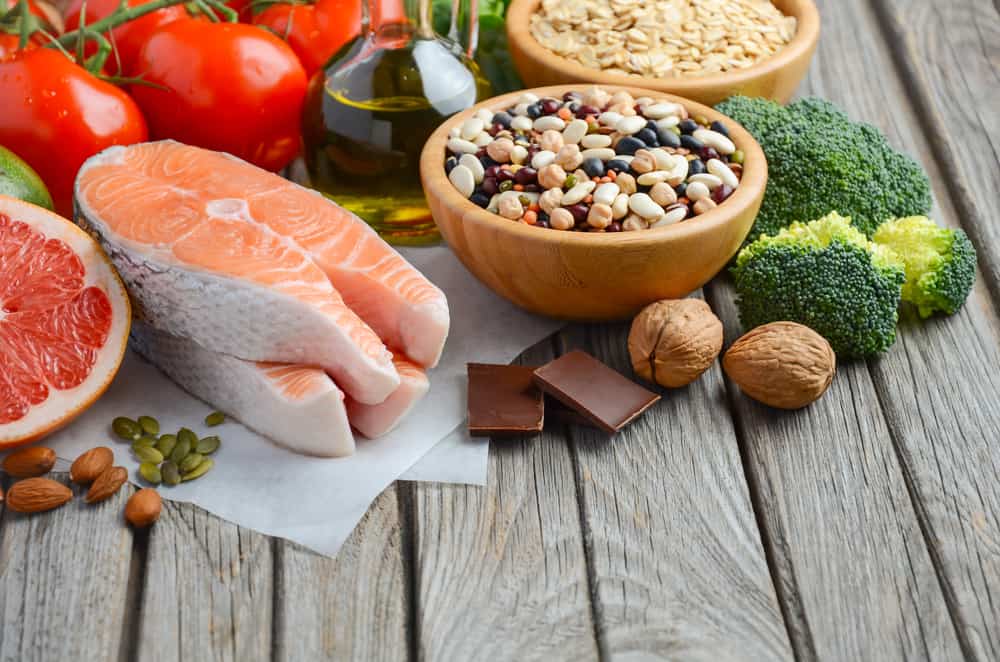Contents:
- Medical Video: Nutritional Health : How to Eat a Raw Food Diet
- Rules in raw food diet
- 1. Don't eat cooked food
- 2. Use filtered or distilled water
- 3. Use organic food ingredients
- 4. Consume legumes that have been soaked first
- 5. Avoid certain types of food
- Benefits raw food diet
- Risk of undergoing raw food diet
Medical Video: Nutritional Health : How to Eat a Raw Food Diet
Raw food diet or a raw food diet is one type of diet that is claimed to improve body health. The background of this diet is the heating process used when cooking food will reduce the levels of nutrients and enzymes contained in food. Though these enzymes are good for digestion and help fight various types of diseases, especially chronic ones.
Rules in raw food diet
Just like other types of diets, there are also a number of rules for raw food diets for those who want to follow this diet.
1. Don't eat cooked food
If you are on a 100% raw food diet, then foods that are processed more than 46 degrees Celsius should not be consumed because foods cooked or processed with temperatures above 46 degrees Celsius will lose some of their enzymes while making food harder to digest. Deep food processing raw food diet usually use a food processor (food processor), dehydrator, and blender.
2. Use filtered or distilled water
The main goal of a raw food diet is to supply nutrients that are helpful in working cells in the body as naturally as possible. Because the presentation is in raw form, cleanliness is one of the important things that must be considered. The use of non-sterile water can increase the risk of toxins or parasites in food and potentially cause disease. As one component that plays a role in processing the dish at raw food diet (like to make smoothies and juice) then filtered or distilled water is the best choice.
3. Use organic food ingredients
Because in this diet the processing of food using heat is avoided, so you must ensure that the food used is free of various types of toxic, one of which comes from pesticides. Processing and cooking food using heat can actually kill various kinds of toxins and poisons contained in food ingredients, but if you decide to go on a raw food diet, then choosing raw materials that are already safe will certainly be better.
4. Consume legumes that have been soaked first
As one type of food that is widely used in raw food diet, processing beans also needs to be considered. Beans such as cashews, almonds, or hazelnuts should be soaked in water (which of course is filtered) first. This immersion serves to eliminate the bitter taste and make beans easier to digest even if consumed raw. This immersion process can replace the roasting process which is usually used to process beans.
5. Avoid certain types of food
Some types of food that are not usually included in the raw food diet are eggs and milk and processed products because they tend to be dangerous if consumed without processing first. To fix this, you can consume milk made from beans such as cashew milk or almond milk. Grains are also usually avoided because they usually have to be cooked first, the type of grain products commonly used in raw food diet is raw oat or raw quinoa which must be soaked before consumption.
Benefits raw food diet
The main concept of a raw food diet is the importance of natural enzymes found in food. The existence of these natural enzymes makes our bodies do not need to produce excessive enzymes just to digest food. The raw food diet also believes that processing food using heat can reduce the nutritional value of a food due to the loss of most vitamins and minerals. Processed foods also tend to take longer to digest and can clog your digestive tract and arteries with fats, proteins, and carbohydrates that are not digested perfectly. other than that raw food diet also claimed to be able to:
- Gives you more energy.
- Improve skin appearance and health.
- Improve the effectiveness of the digestive system.
- Lose weight.
- The reduced risk of suffering from degenerative diseases, especially diseases related to cardiovascular health.
Risk of undergoing raw food diet
Even though it is claimed to improve your health, but like other types of diets, a raw food diet is not without risk. Some things you must pay attention to if you want to go through raw food diet is:
- Because it is not cooked, the food you consume may contain toxic and harmful parasites. The process of cleaning food that is not comprehensive can increase your risk of food poisoning. And there are types of foods that should not be eaten raw, such as cassava, meat and milk. Raw, unprocessed meat can contain harmful bacteria, parasites and viruses. Milk that does not go through the heating process can also contain Mycobacteria bovis, which can cause non-pulmonary TB disease.
- You may experience vitamin B12 deficiency. This vitamin plays a role in maintaining brain function and the production of red blood cells and DNA synthesis. Vitamin B12 can only be found in animal products such as meat, milk and fish. This type of food is a type of food that is difficult for those who run it raw food diet so the risk of developing vitamin B12 deficiency increases.
- Your osteoporosis risk may also increase. Some of the factors that affect the level of bone density are consumption of calcium and vitamin D which is less than adequate and less weight. In raw food diet, the main food is a type of food that is low in calories such as vegetables and fruits. Even though you can get calcium from dark green leafy vegetables (like kale and broccoli), the amount of vegetables you have to consume is more. Unlike calcium contained in milk for example. Just one glass of milk can contribute 300 mg of calcium. Running a diet that tends to be low in calories can increase the risk of decreasing your bone density faster, leading to osteoporosis.
READ ALSO:
- Mediterranean diet, the best diet for heart disease
- The DASH Diet and Mayo Diet, Which Is Better?
- Sundries of a Banana Diet to Lose Weight

